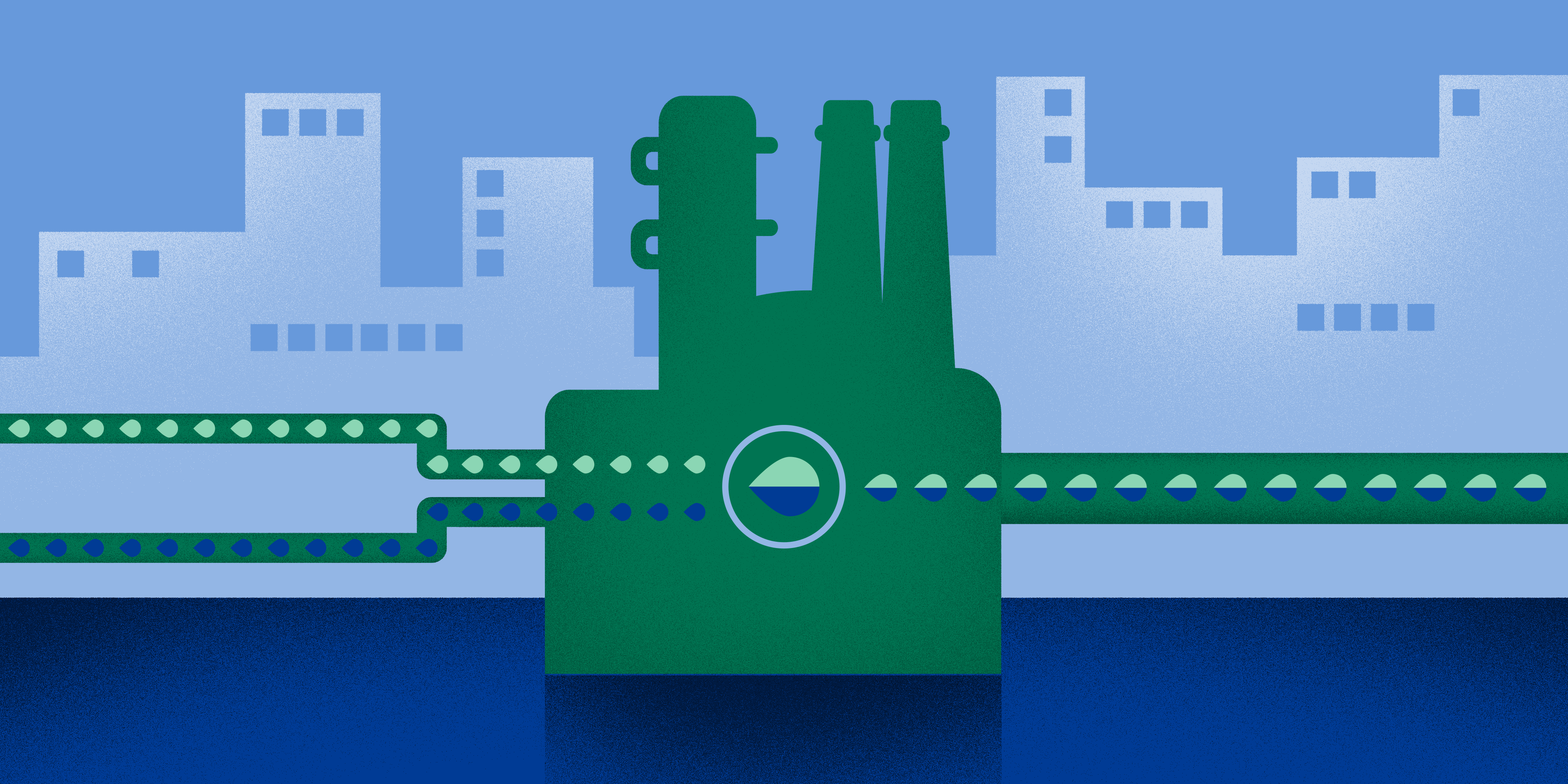
Sustainability
6 minute read
Becoming natural capital managers - building the foundation for a robust biodiversity approach
Our lives and livelihoods are fully dependent on natural resources. For us and our businesses to thrive and be resilient, we rely on the services of a healthy ecosystem. By reading this, you will understand why Neste is committed to improving biodiversity and how it is proceeding on its journey.
Biodiversity loss is the 3rd most severe risk on a global scale over the next ten years according to the World Economic Forum’s 2022 Global Risks Report. The top two risks are both related to climate change. While climate-related matters are now broadly stirring companies to action, biodiversity has only recently started gaining attention on companies’ agendas.
In December, all eyes will turn to Montréal for the COP15, the United Nations Biodiversity Conference, to determine ambitious targets for protecting biodiversity. The significance of the expected outcome of the COP15 has been compared to the Paris Agreement and its consensus in limiting global warming to 1.5˚C. As the need for raising the global bar is urgent, companies can demonstrate even greater ambition and action on this front.
Eyes on the opportunity
Nature loss threatens our communities and poses a risk to the viability of entire businesses. For example, we rely on the vigor and resilience of local habitats to grant us a stable and secure supply of raw materials. Nature is also our best ally in combating climate change by absorbing carbon emissions from the atmosphere. Not focusing on improving biodiversity means putting these aspects to an even greater risk than they are today.
Still, to look at biodiversity solely from the perspective of risks and their mitigation is too narrow a lens. We need to start considering a healthy ecosystem and its services as an asset. An asset that can be given a valuation and that should not be depleted. Much like financial capital, we need to learn how to place tangible value on natural capital – simply because it’s sensible and good business. Understanding our exposure to natural assets and evaluating their significance to our business helps us grasp the opportunities in protecting and improving biodiversity.
Much more work is needed to understand and quantify these dependencies, as well as our impacts on nature. That’s why we at Neste have taken a systematic, in-depth approach in building our biodiversity framework and roadmap.
Work in progress
Neste has pushed for a rapid transformation in its business and operations to combat climate change. We enable our customers to reduce their own carbon footprint by offering them renewable and circular solutions. We evaluate the emissions impact of every investment decision and collaborate with our suppliers and partners to reduce emissions in our entire value chain. Now, we want biodiversity to follow suit. We make no illusions as to how much ground there is to cover. Understanding and measuring our nature-related dependencies and impacts requires building awareness and a whole new arsenal of competences. In general, companies have only quite recently learned how to measure even their climate-related impacts more accurately and how to take them into consideration in decision-making. Nature-related metrics are different in two fundamental ways:
Firstly, when considering biodiversity, the issue of nature loss is a global one while its impacts occur locally. This makes measuring biodiversity more laborious and complex. Secondly, while it is possible to convert the impact of all greenhouse gases into a common global metric of carbon dioxide equivalent (CO2e), the biodiversity metrics are more diverse and always local. When measuring the impacts on nature, we consider aspects such as land and resource use, air, soil and water pollution and invasive species among many others.
It is important to urgently tackle the complexities of measurement and agree on reliable, science-based standards. In this, biodiversity follows closely in the footsteps of climate. The same organizations that have developed widely known frameworks for climate-related target setting (the Science Based Targets initiative, SBTi) and risk reporting (Task Force on Climate-related Financial Disclosures, TCFD), are now expanding to nature-related approaches. Even though these frameworks are very recent and still under development, they are urgently needed to bring credibility and a common reference to the complicated topic of biodiversity.
Taking the next step
As part of Neste’s sustainability vision, we aim to achieve a nature positive value chain by 2040, meaning that the positive biodiversity impacts outweigh the negative ones. Ever since publishing our sustainability vision, we have been rigorously evaluating our biodiversity impacts and have committed to concrete actions.
We have also set the ambition level to support the vision:
We aim at creating net positive impacts (NPI) for biodiversity from new activities from 2025 onwards.
We target no net loss (NNL) of biodiversity from all ongoing activities by 2035.
But even these ambitions are still on a high level and require more substance. We utilize global frameworks in developing Neste level methodologies for measuring our impacts on biodiversity. This approach will act as a foundation for reaching our overall vision of a nature positive value chain.
To understand and measure our nature-related impacts in more detail, we rely on collaboration both with internal and external experts, as well as local organizations. We feel that this is the only way to achieve a credible and scientifically sound approach. For example, our work in determining the material biodiversity impacts and targets for Neste is based on the framework currently being developed by the Science Based Targets Network (SBTN). By engaging with the SBTN, we aim to ensure that our approach is credible and ambitious.
Neste has also conducted extensive materiality assessments throughout 2021 and 2022, which will support us in setting more specific, measurable, and time-bound biodiversity targets. At the same time, we continue building a more comprehensive roadmap to support the high-level goals that we have already announced. Ultimately, we want nature-related considerations and metrics to start weighing more in our business decisions, just like climate-related ones do already today. We see potential, for example, in a more resilient supply chain through a diversified material base, as well as new raw materials and more demand for products with a smaller impact on nature.
Sustainability is at the core of Neste’s strategy and biodiversity, in turn, is one of the priorities in Neste’s sustainability vision. From this position, we can truly hit the accelerator once we know where we start and where we are headed.
Credits:
Niina Niemelä, Sustainability Manager at Neste




